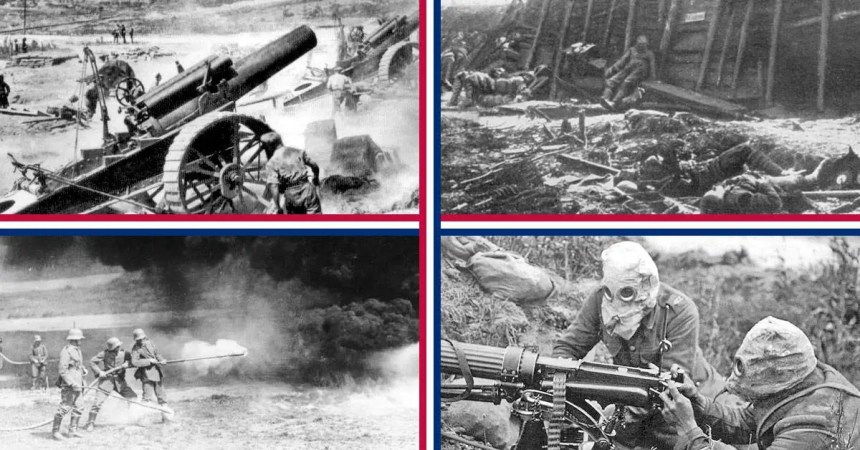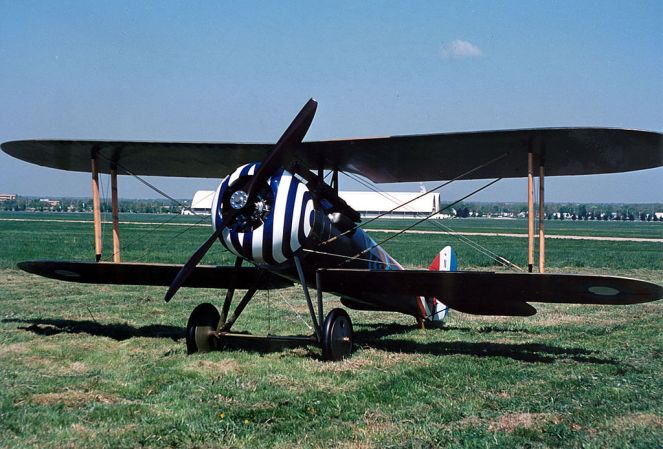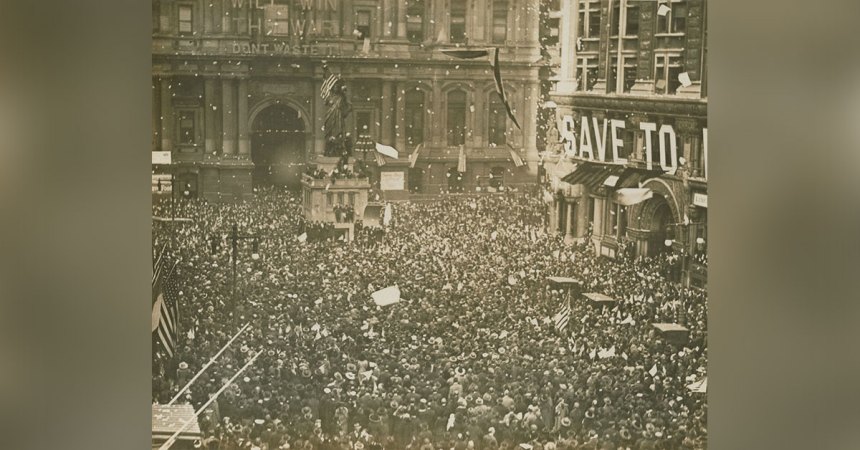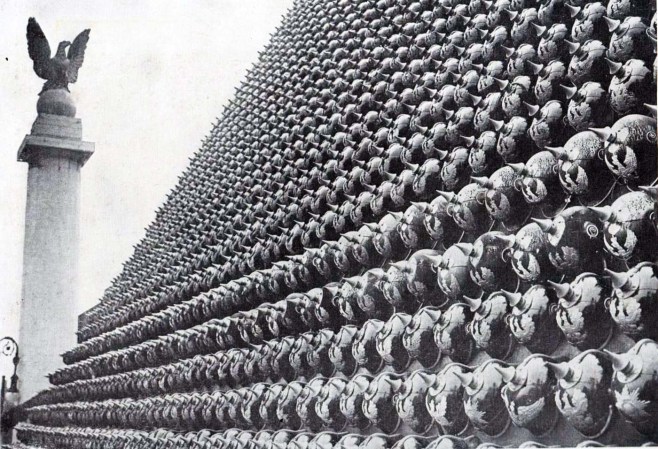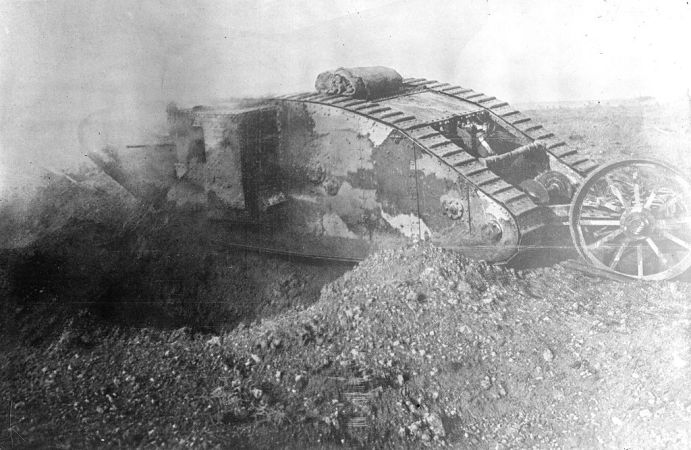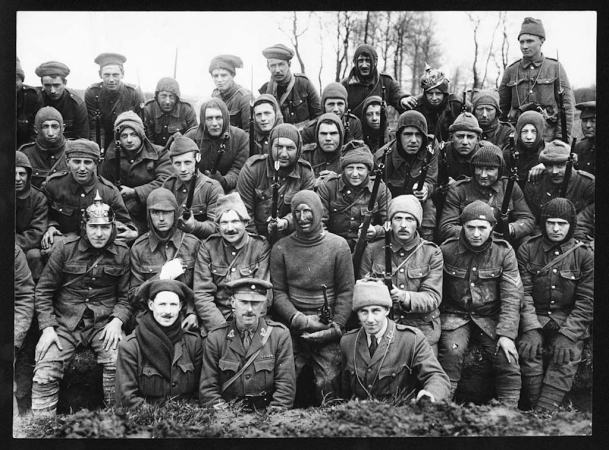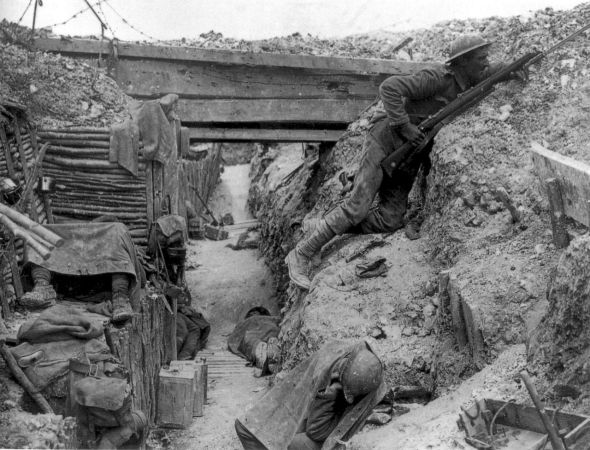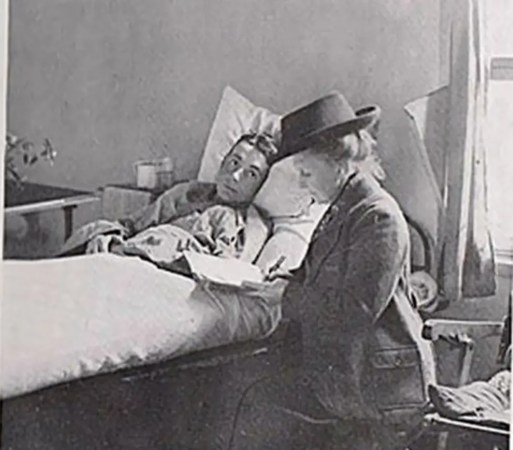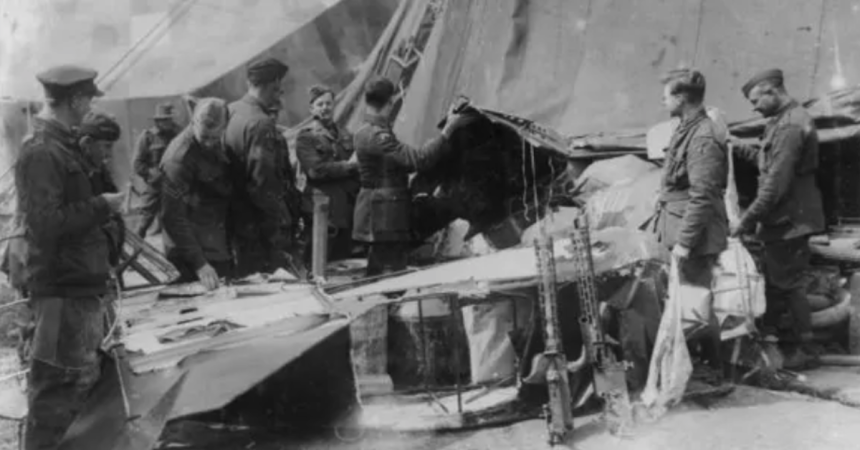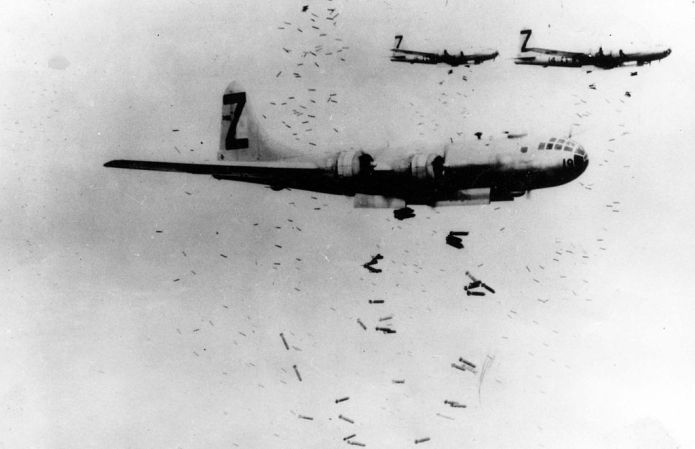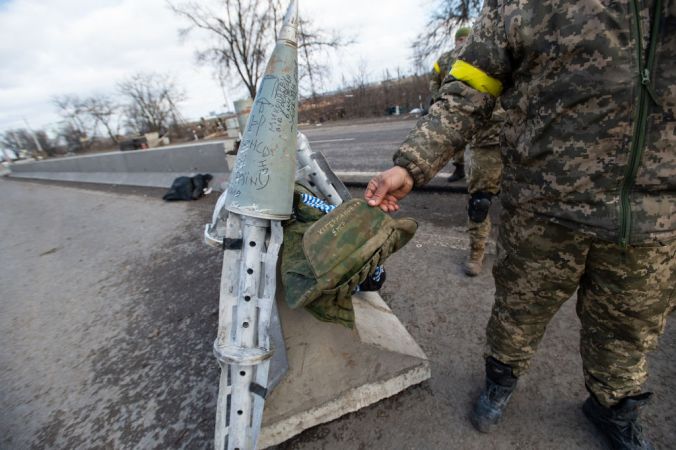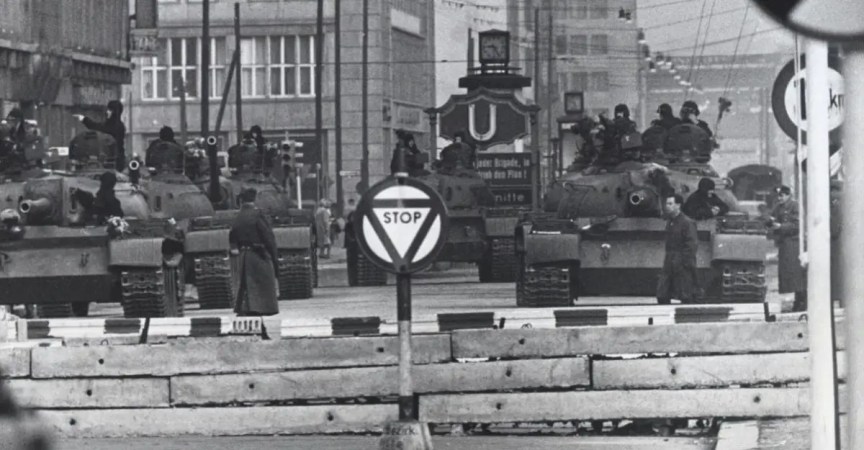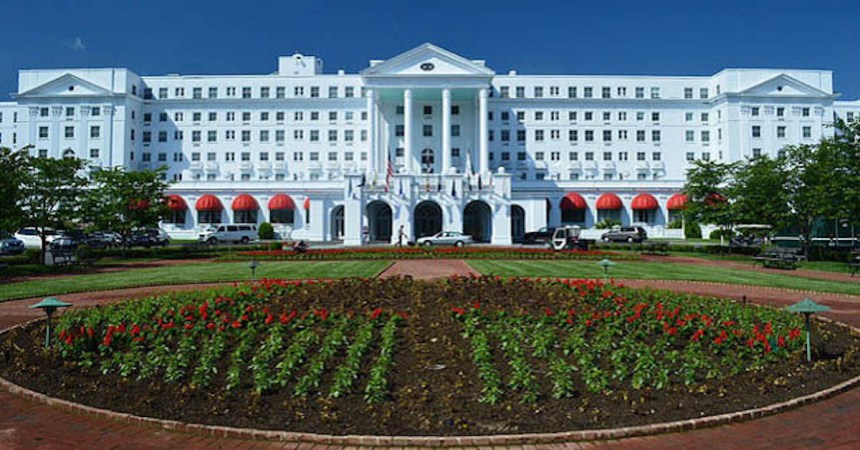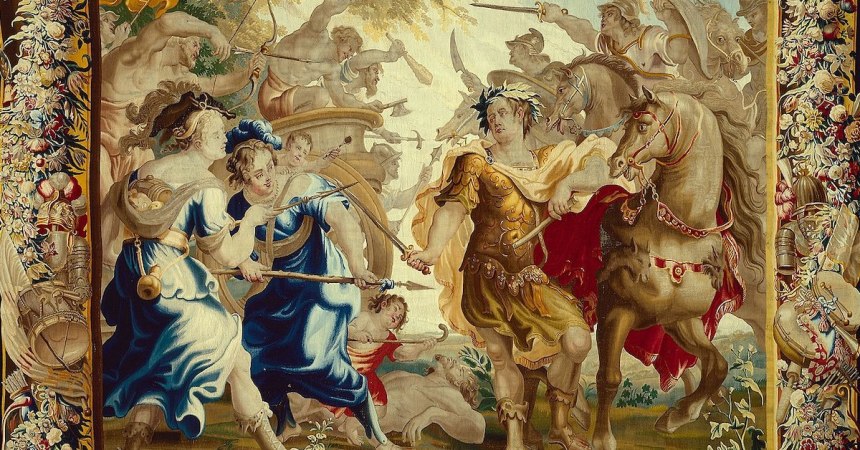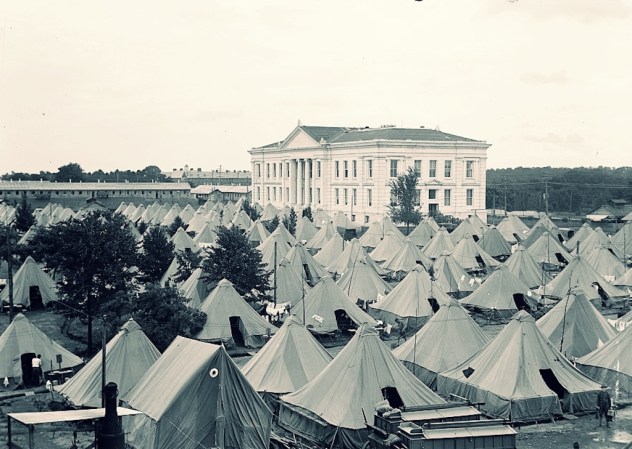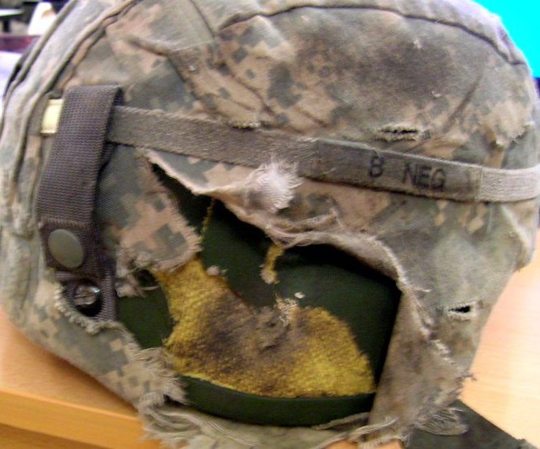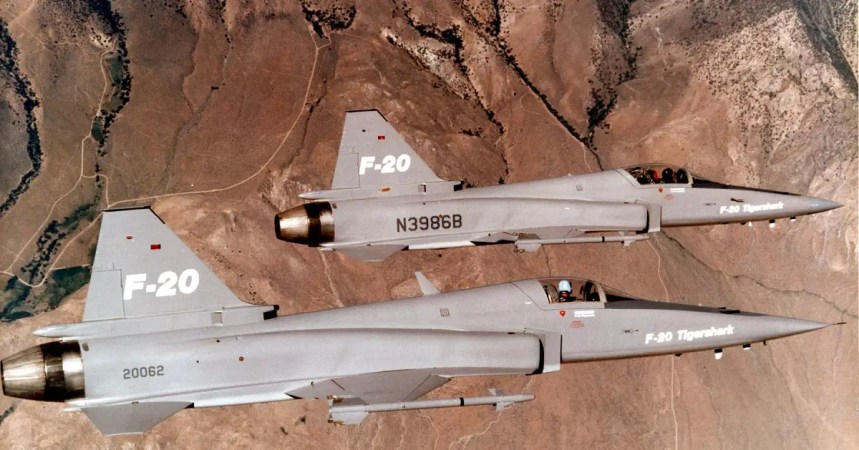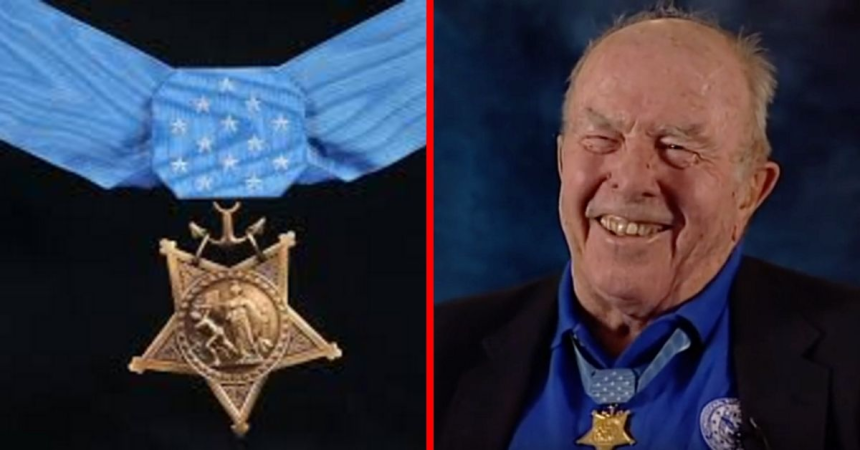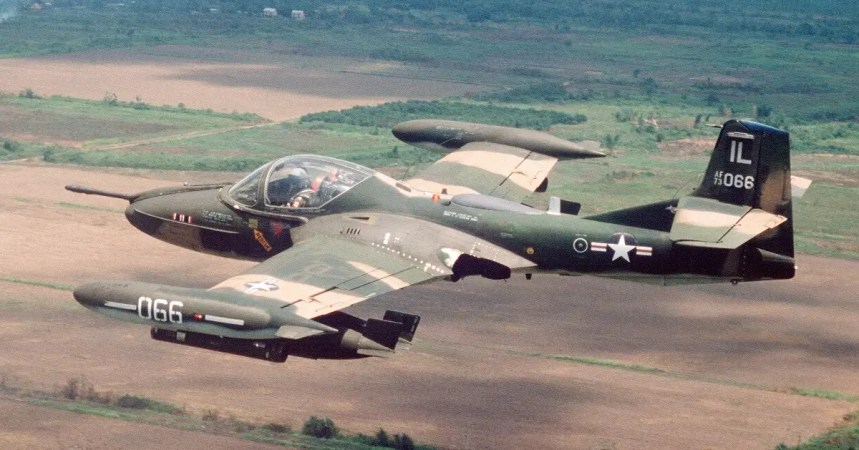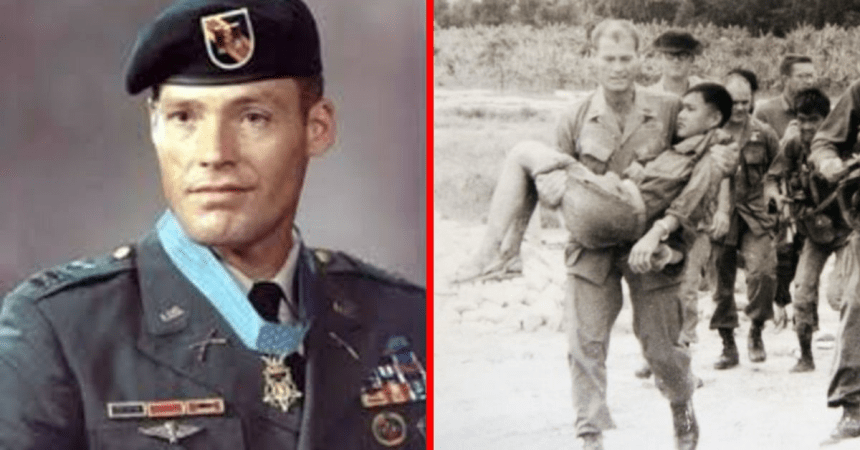Built in the 19th century, the Osowiec Fortress was constructed by the Russian Empire in what is now eastern Poland as a way to defend its borders against the Germans. It was a strategic location for Russian troops.
On September 1914, German forces turned their attention to the fortress and launched a massive offensive, looking to gain control of the stronghold.
They bombarded the fortification with artillery guns for six days straight. However, the Russian troops managed to successfully counter their incoming attacks and continued to man the fort.

Despite Russian fortitude, the Germans remained optimistic as they decided to deploy their massive 420mm caliber cannon known as “Big Bertha.” The Germans pounded the fort and expected a quick surrender from the Russians within. Although the fort suffered greatly, it didn’t crumble, sustaining heavy fire for months to come.
In early July 1915, German Field Marshal Von Hindenburg took command and came up with a new offensive.

The Germans decided to use poisonous gas on their enemy knowing that the Russian troops didn’t have gas masks. 30 artillery guns hit the range and launched 30 gas batteries at the fort on Aug. 6.
A dark green smog of chlorine and bromine seeped into the Russian troops positions. The grass turned black. Tree leaves turned yellow. Russian copper guns and shells were covered in a coat of green chlorine oxide.
Four Russian companies stationed at the fort were massacred as they pulled the poison into their lungs.
Once the gas cleared, 14 German battalions surged in to finish the job. As they approached, Russian troops from the 8th and 13th companies, who came into contact with the poison, charged the Germans. Their faces and bodies were covered in severe chemical burns and the troops reportedly spit out blood and pieces of infected lung as they attacked.
Seeing this gruesome images caused the German troops to tremble and quickly retreat. In the process, many got caught up and twisted in their own c-wire traps.
Within the next two weeks, the fort’s survivors finally evacuated the area. Later on, the newspapers reported this story, calling it the “Attack of the Dead Men.”
Check out Simple History‘s animated video below for more about this incredible story.

(Simple History | YouTube)



